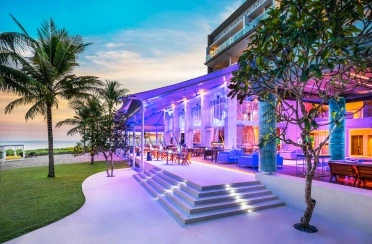On the dramatic coastline of Jembrana, where terraced rice fields meet the rolling waves of the Indian Ocean, stands a temple shaped by legend and devoted to spiritual protection. Pura Rambut Siwi is a cultural landmark infused with myth, history, and Balinese devotion. Its cliffside setting, ancient stories, and role as a guardian of Bali’s western region create a compelling narrative worth exploring. Dive deeper into its origins, beauty, and significance by reading on!
Its cliffside setting, ancient stories, and role as a guardian of Bali’s western region create a compelling narrative worth exploring
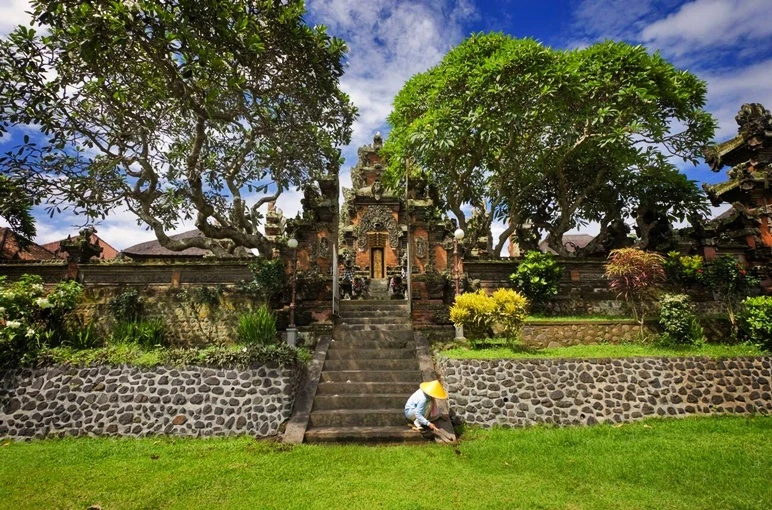
A Legacy Rooted in the Journey of Mpu Dang Hyang Nirartha
The story of Pura Rambut Siwi begins with one of the most revered figures in Balinese Hindu history. Mpu Dang Hyang Nirartha, a Hindu priest from East Java, traveled across Bali during the mid sixteenth century. One of the temples he visited on his journey was the site that would later be known as Rambut Siwi. According to local mythology, when Nirartha arrived, the temple’s caretaker insisted he perform a prayer. If he refused, the caretaker warned, a mystical tiger would attack him. Nirartha complied, yet the temple suddenly collapsed and fell to ruins. Fearing blame for the destruction, the caretaker begged Nirartha for forgiveness and implored him to restore the sanctuary.

Drawing upon his spiritual power, Nirartha returned the temple to its original form. As a gesture of blessing and protection, he left behind a strand of his hair to be enshrined inside the temple. From that moment, the site became known as Pura Rambut Siwi which translates to “the revered hair”. This relic remains the core of the temple’s spiritual identity and its role as a symbolic guardian of Bali’s western coastline.
A Temple Standing Majestically Above the Indian Ocean
The setting of Pura Rambut Siwi is one of its greatest attractions. The main temple sits atop a high cliff directly overlooking the Indian Ocean. Powerful waves crash against the rocks below, the wind carries the scent of saltwater, and the entire landscape radiates a sense of peace and timelessness.
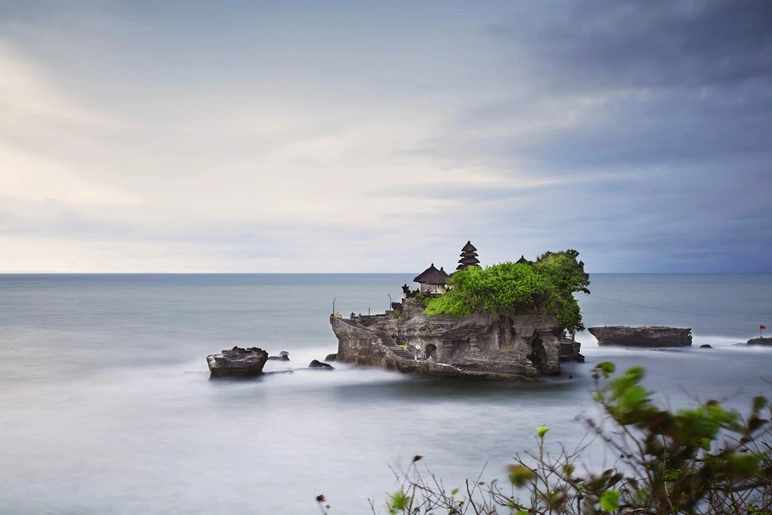
Visitors often describe the atmosphere as deeply calming. The combination of natural beauty and spiritual presence makes this one of Bali’s most ideal places for meditation and quiet reflection. Before reaching the main complex, visitors pass through wide stretches of rice fields. This transition from rural greenery to dramatic ocean views creates a journey that feels symbolic and almost ceremonial.
Architecture and the Interconnected Temple Complex
Rambut Siwi is part of a larger sacred network. Two additional temples stand close to the main complex. These are Pura Segara and Pura Penataran. During major ceremonies such as pujawali or piodalan, the three temples are visited in sequence because they represent a unified spiritual system.
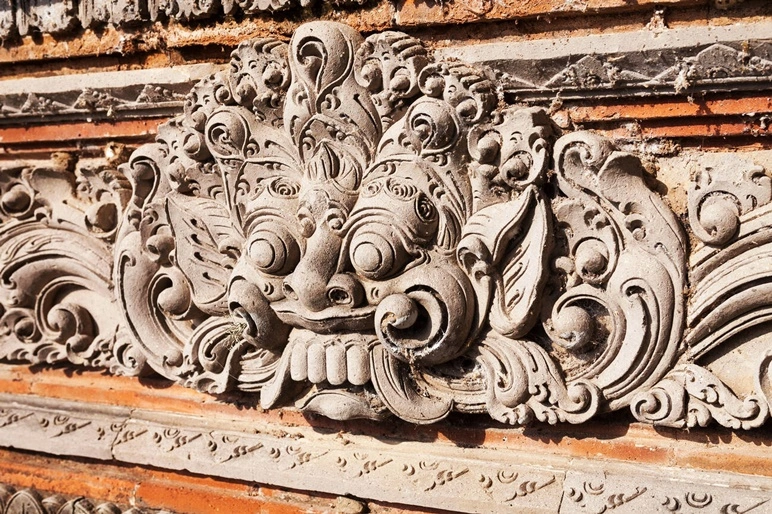
Pura Segara, located closer to the shoreline, serves as a place to seek peace for the oceans. Pura Penataran stands beside it, completing the triad associated with the concept of Tri Loka which encompasses the sky, atmosphere, and earth. For the people of Jembrana, praying at all three temples is believed to maintain harmony in nature. When land, air, and water remain undisturbed, agricultural life flourishes and the community thrives. Architectural details add depth to the experience. Red brick walls feature relief carvings depicting the Javanese epic Arjuna Wiwaha. Near the ocean side entrance stands a statue of Rangda, the fearsome guardian in Balinese mythology. At the lower level by the beach lies a sacred freshwater spring used for purification rituals.
A Must Visit Destination in West Bali
Pura Rambut Siwi has become one of Jembrana’s signature attractions for travelers exploring Bali’s western region. Its combination of pristine landscape, revered heritage, and meditative ambiance creates an unforgettable experience. From black sand beaches to quiet prayer halls, from volunteers maintaining the temple daily to the breeze carrying the scent of frangipani, the environment engages every sense.
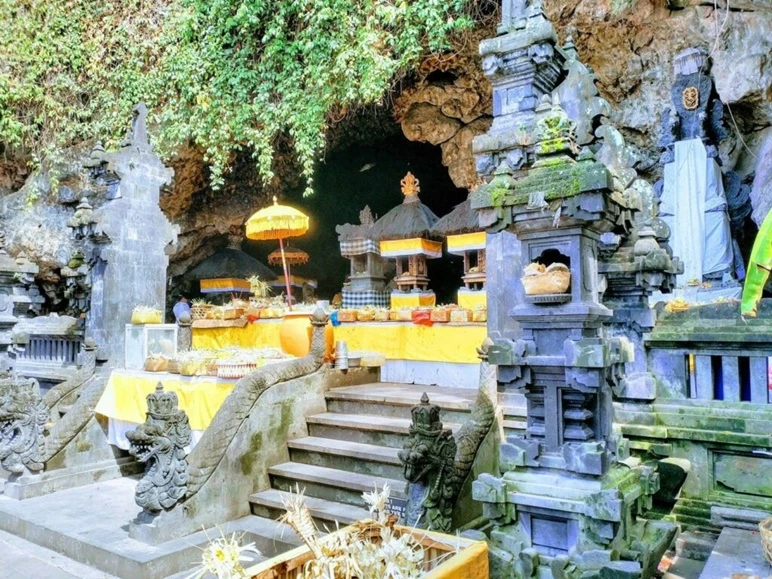
This temple is not only a place to observe. It is a place to feel. A sanctuary shaped by myth and nature, inviting visitors to slow down and connect with something older and deeper than the everyday world.



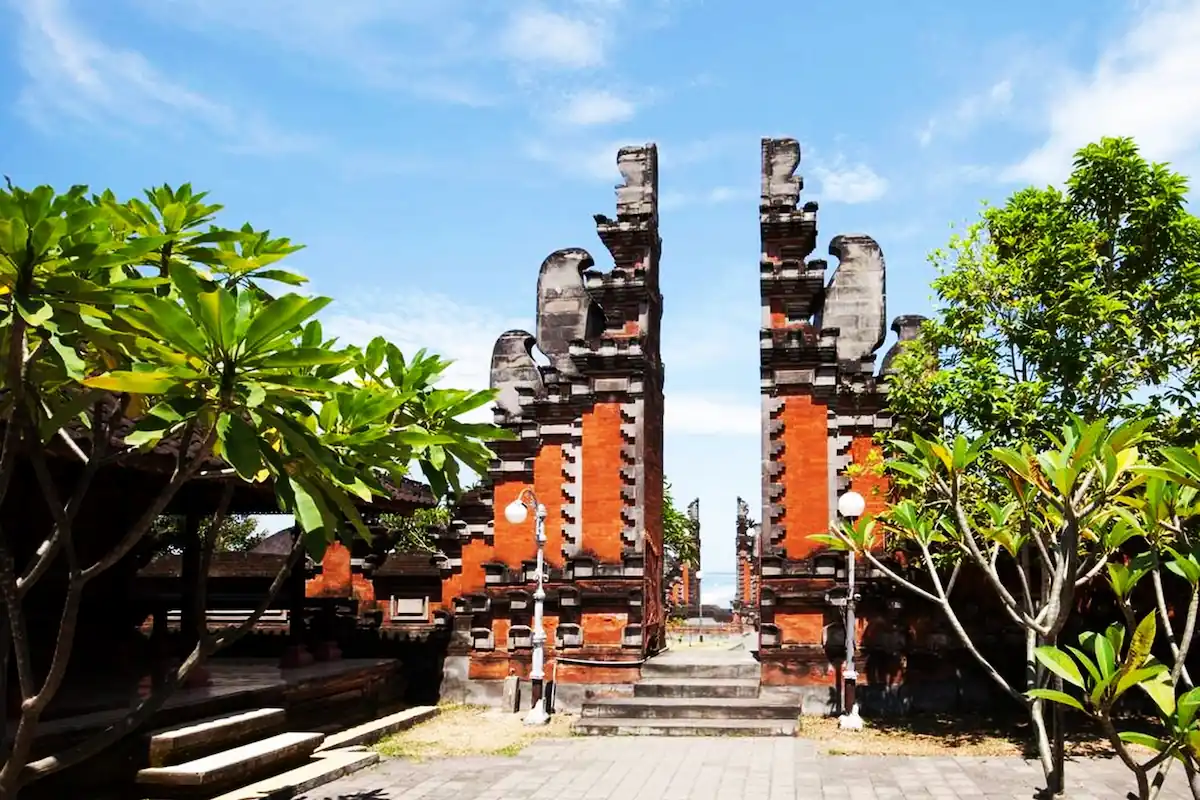
 Billy Bagus
Billy Bagus
 Nov 17, 2025
Nov 17, 2025





